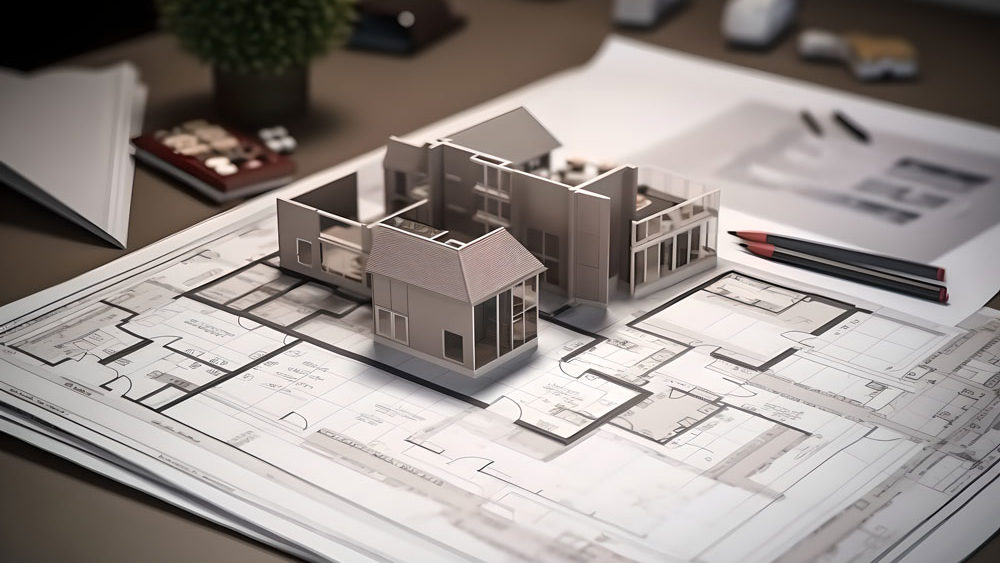A construction loan is a loan that is lender approved to finance the completion of a new house, a renovation or extension of a property, instead of buying an established property. This blog focuses on an example of a new owner-occupied home ONLY as funding for a complex property development works quite differently compared to building your new owner-occupied home.
To build your first or next dream home is always an exciting journey, yet comes with challenges as well. While you have lots of decisions to make, which colour scheme and flooring, which house design, fitting and fixtures to choose, one of the most important decisions to make is deciding which construction loan to choose.
Three common ways of building your new home –
- Turnkey – a Turnkey property is a purchase contract where the client agrees to a set price with a building company to build a complete new home ready to live in. The customer will pay an initial deposit on signing the contract, once the home if fully completed (Code Compliance Certificate (CCC) and title issued) the full payment is required. Please note where there is a multi-unit complex situation, the lender may have a limit of no more than 25 units being built on the same consent.
- Off the plan – when there is a proposed property that has yet to be built at the time of signing the sales and purchase agreement. The most common examples of these types of construction would be a larger scale terraced housing development or an apartment development.
- Owner builders house and land/subcontractors prefabricated and relocated homes – these construction builds are unique in regard to each build type, total costings (could be fixed price or labour only contracts) and time to complete the project.
Common required additional documentants (apart from home loan application requirements)
Unlike a home loan as a full amount that is drawn down to settle the property upfront, construction loans are usually paid out in stages, also known as progressive drawdowns while your house is built.
Assessments and documents required before the first loan drawdown –
- Professional valuation report shows the value “as is” and the “tentative on completion” value.
- Full costs and quotes to compete the build.
- Sales and purchase agreement for the land or any other relevant information.
- Building consent.
- Builder’s risk policy or contract works insurance and public liability insurance.
- Builders invoice(s) or updated valuation progress report with an updated value.
- *A full quantity Surveyors (QS) report
*Subject to lender’s approval conditions
Key notes –
- The lender usually likes to see the customer’s own funds to be used first before any progressive payment loans are made.
- The loan repayments will be interest-only during the build which can help with managing the costs, although it will be on housing variable interest rates which are normally higher than fixed interest rates.
- Once the house is completed, you can choose fixed interest rates and start repaying the principal loan repayments according to the approved loan terms.
- The good news is that the client might qualify for a lower deposit than 20% if they meet the lender’s criteria. (May also qualify for a first home grant of up to $10,000)
- The final drawdown needs to provide with lenders with a code of compliance and full house insurance.
For most of our first time home built clients seem like a very daunting process, it is important to understand the pros and cons of building a new home or buying an existing one. By getting fully informed on how to get construction lending and preparing the lender’s required documents will certainly smooth out the process. Most importantly, after the project ends, choosing a competitive standard home loan that suits your financial needs.
As always, we are here to help, and suggest getting in touch with us and find out if construction lending is a good option for you.
Disclaimer: We recommend that you seek personalised professional advice from your trusted adviser before taking any action as each applicant’s situation can be vary, the above content is only general commentary.



Comments are closed.